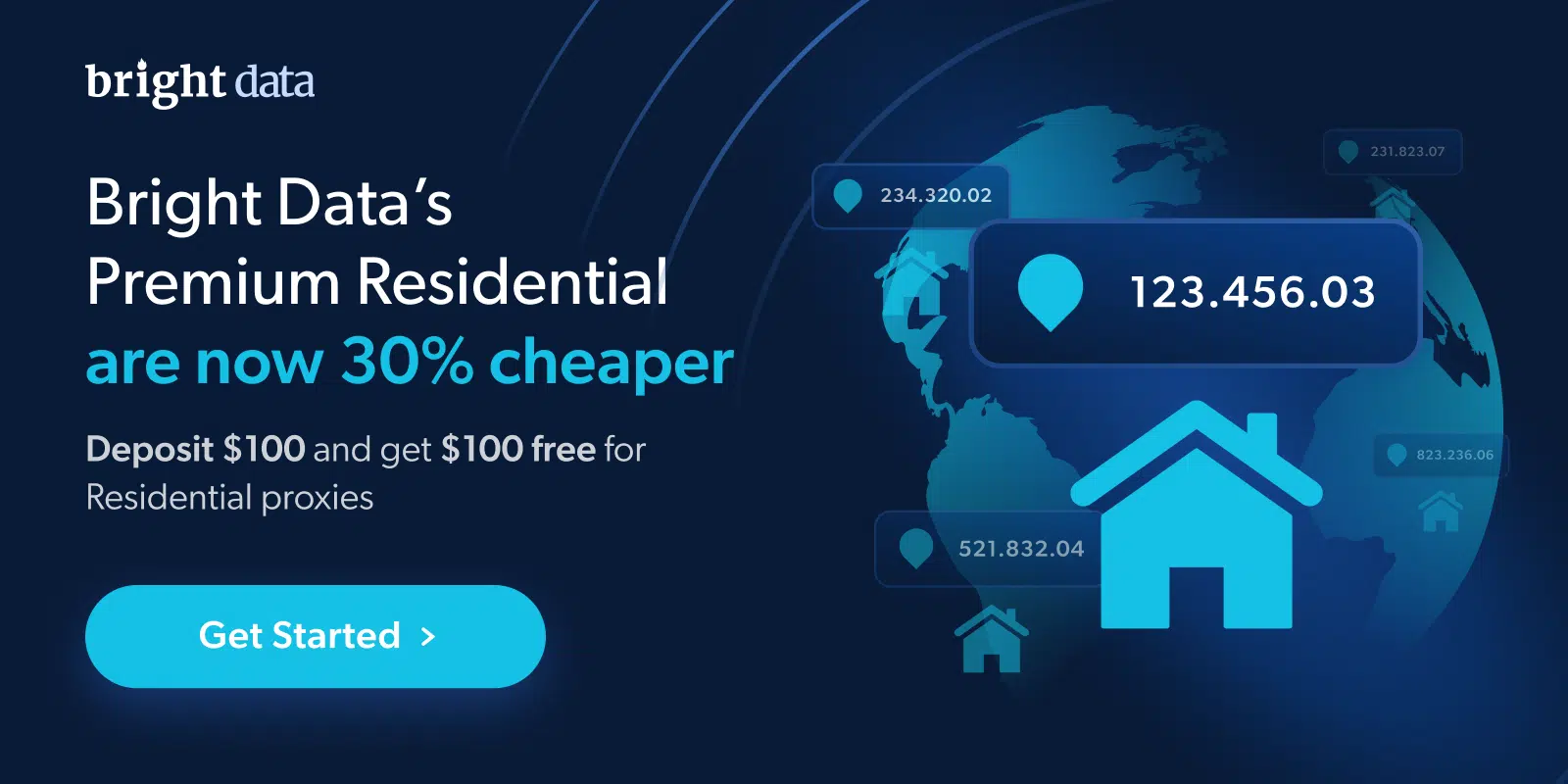Have you ever wondered how Google indexes over 100 billion web pages to deliver lightning fast search results? The secret lies behind their Googlebot web crawler, an ingenious automated program that browses and indexes the web 24/7.
In this comprehensive guide, we‘ll cover everything you need to know about these essential spider bots and how they crawl from page to page indexing the vast web.
How Do Web Crawlers Work Their Magic?
Web crawlers start by fetching a list of seed URLs to visit, often gathered through search engine submissions or site maps. The crawler then visits these pages and looks for links to follow and crawl additional pages. This creates a vast crawl frontier as millions more URLs are extracted from each page.

Crawlers follow links to discover new pages to index
Crawlers intelligently traverse this massive web graph using algorithms that analyze link structure and content to determine crawl priority. Google‘s famous PageRank algorithm analyzed links to estimate page importance. Crawlers also consider page content and keywords to determine relevance.
As crawlers visit each page, they:
- Obey robots.txt: The robots.txt file indicates which pages can or cannot be crawled on a site. Crawlers respect these rules.
- Crawl efficiently: Crawlers prioritize important pages first to maximize value of pages indexed with each crawl.
- Avoid overloading: Crawlers limit request rates and enforce crawl delays to prevent crashing servers.
- Identify as bots: Crawlers identify via user agent so servers can detect them vs real users.
- Parse page data: Crawlers extract page content, titles, metadata through DOM parsing and scraping.
- Re-crawl periodically: Sites are re-crawled to check for changes to keep search indexes fresh.
Popular search engine crawlers include:
- Googlebot – The crawler behind Google Search and by far the most active indexer.
- Bingbot – Microsoft‘s crawler for Bing Search.
- YandexBot – Russian search engine Yandex‘s crawler.
Crawlers Have Many Uses Beyond Search Engines
While heavily associated with search engines, web crawlers have many other applications:
- Scraping data – Extracting structured data from websites through crawling.
- Archiving web pages – Saving crawled pages for historical records like the Internet Archive‘s Wayback Machine.
- Content analysis – Analyzing page text, keywords, links for SEO insights.
- Website change monitoring – Tracking updates to pages and sites by re-crawling.
- Spam detection – Identifying spammy pages based on abnormal crawler signals.
- E-commerce price monitoring – Competitive price intelligence by crawling online stores.
Driving Business Intelligence Through Focused Web Scraping
Focused web scraping crawlers are especially valuable for gathering market intelligence across the web. For example, an e-commerce company can crawl competitor sites to extract real-time pricing data for price optimization. A recruiting firm might crawl job listings across the web to analyze salary trends. A travel metasearch site like Kayak might crawl major travel sites to index flight prices for comparison.
Web scraping crawlers are essential drivers of data-driven business decisions!
The Challenges of Crawling the Complex Web
Efficiently crawling the enormous, dynamic web is no easy feat. Here are some key challenges crawler engineers contend with:
- Scale – The web is massive! Crawling billions of pages requires huge infrastructure.
- Prioritization – Determining which pages are worth crawling with limited resources.
- Politeness – Avoid overloading servers when crawling at scale.
- Cloaking – Sites showing different content to crawlers vs users.
- Dynamism – Crawling complex JavaScript apps and real-time updates.
- Blocking – Dealing with anti-crawler mechanisms like IP bans.

Crawlers face challenges like scale, cloaking, and blocking.
Search engines and scrapers deal with these issues through intelligent politeness controls, user agent rotation, proxy rotation, and advances in JavaScript rendering. Machine learning helps crawlers better understand page content and unlock the web‘s full value.
Crawlers Must Follow Ethical Standards
It‘s crucial for crawlers to follow ethical practices like:
- Respecting robots.txt: The robots.txt file allows sites to opt-out of crawling.
- Limiting crawl rate: Avoid overloading servers by managing request volume.
- Identifying as a crawler: Deceiving servers about your identity is unethical.
- Honoring opt-outs: Allow ways for sites to opt-out of crawling.
- Avoiding illegal content: Do not scrape illegal or copyrighted content without permission.
- Transparency: Disclose your crawling activities to sites upon request.
Cooperative, transparent crawling fosters a thriving web ecosystem.
Unleash the Power of Web Crawling!
I hope this guide provided useful insight into the inner workings of the essential yet often invisible web crawlers powering search engines and data-driven businesses. Leveraging web crawling technology intelligently and ethically opens up a treasure trove of valuable data and insight about the web‘s endless frontier.
Now it‘s time to grab these spiders by their legs and put them to work elevating your business!


